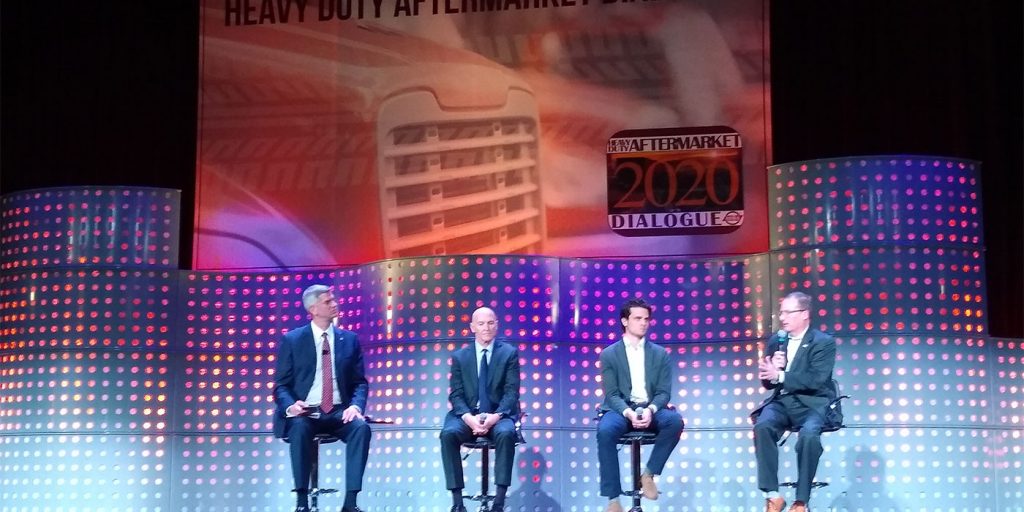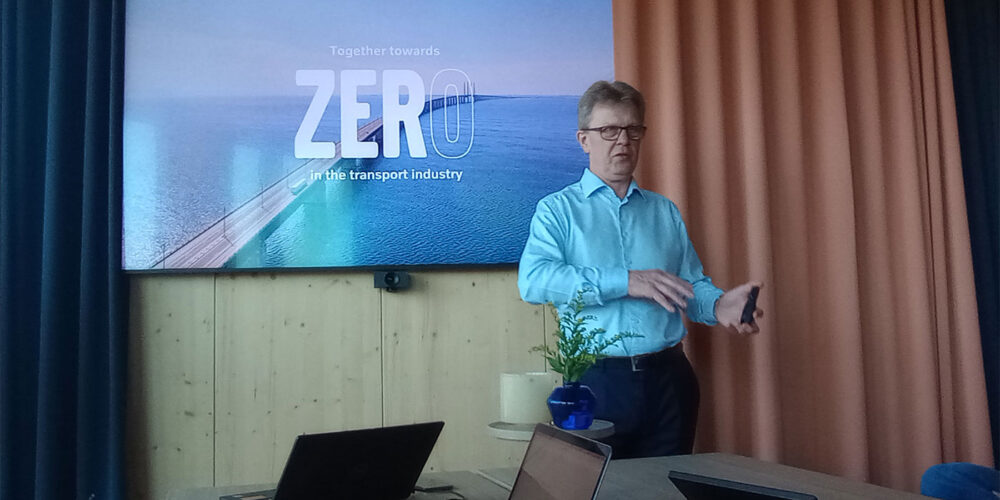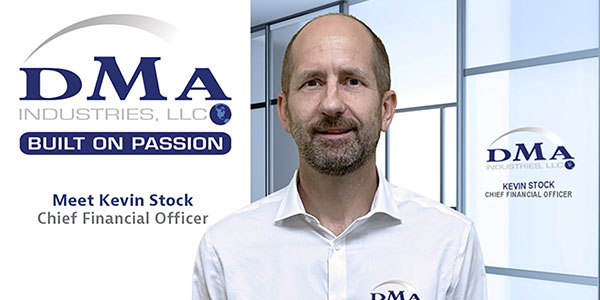
Electrification is on the truck aftermarket’s radar. At Heavy Duty Aftermarket Dialogue, held just before the kick off of Heavy Duty Aftermarket Week, a panel of technology experts took to the panel stage to talk about the biggest technology trends heading toward the aftermarket.
Key takeaways
• Electric trucks will likely be seen in lighter duty applications. Heavy-duty electric trucks are ripe for applications such as drayage, which continues to echo the talking points of nearly every truck manufacturer in the industry that are currently developing and testing electric trucks. Range anxiety is real. According to Mike Roeth, executive director of NACFE, “The question isn’t how and when? It’s where and how many?” The answers, he said, are dedicated routes and low mileage.
• The noise reduction benefit is being overlooked: Joe Plomin, senior vice president and president for aftermarket and industrial and trailer with Meritor Inc., has heard drivers say that they enjoy how quiet electric vehicle operation. How could that change duty cycles? That’s a question testing could answer.
• Power availability will inform real estate decisions for fleets. That’s from Gio Sordonia, co-founder and chief operating officer of XOS. Utilities are highly motivated. They see the impact of demand from heavy-duty electric vehicles. A few have announced programs that will pay for infrastructure development for commercial electric fleets up to the charger.
• Hub-based operations could grow to enable charge-at-home applications. “Some fleets are used to having on-site fueling capabilities,” Sordonia said.
• Battery technology: Lithium-ion battery capacity and availability will be key. In modern electric vehicle batteries there are materials like cobalt that are a little more problematic. Cobalt is coming from China, closer to the source where they’re being manufactured. “But there’s a big effort to clean up the supply chain for batteries; some are working to engineer those problematic materials out of the battery,” according to Sordonia.
• The resale problem: Electric truck technology changes so quickly that there hasn’t been a success story in the secondary market. Outside of the batteries, Sordonia said that much of the truck componentry should last much longer than current truck lifecycles.
• What type of service will electric trucks need? Axle configures, suspension configurations, chassis-related parts will all remain, Plomin said. There will be a reduction in brake replacement that parallels today’s aftermarket challenge to reset their support of emerging technologies. Here’s Roeth on that same topic: “Diesel engines aren’t going away anytime soon; diesel engines are just going to get more complex. We haven’t even started GHG Phase 2 yet. There’s still a lot on our plates.”
You can listen to the full panel here:
The panel included:
• Joe Plomin, senior vice president and president, aftermarket and industrial and trailer, Meritor Inc.
• Gio Sordonia, co-founder and chief operating officer, XOS
• Mike Roeth executive director of NACFE
• Brian Daugherty, CTO, Motor and Equipment Manufacturers Association













